The second day
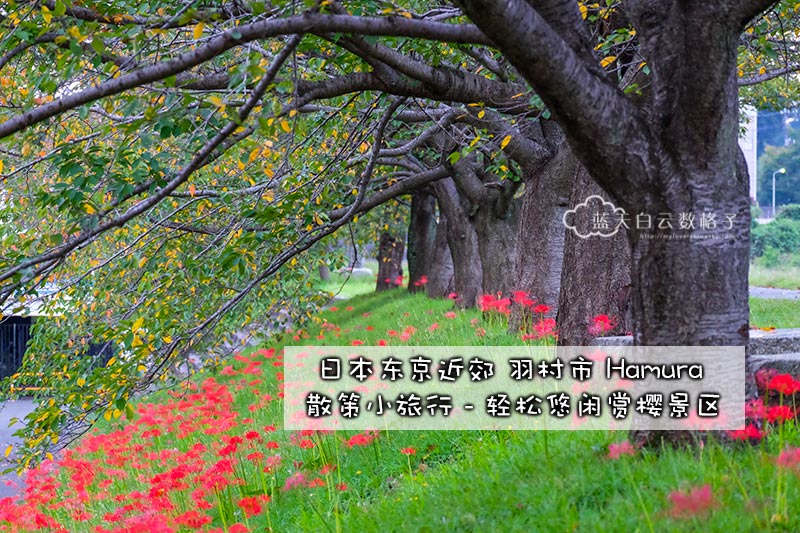
Hamura City
If you're seeking a beautiful spot to enjoy cherry blossoms in Tokyo, I would recommend steering clear of the bustling city and instead head to Hamura Water Park, just an hour's train ride from the city center.
Come on, follow me to Hamura City for a little leisure trip.
Come on, follow me to Hamura City for a little leisure trip.
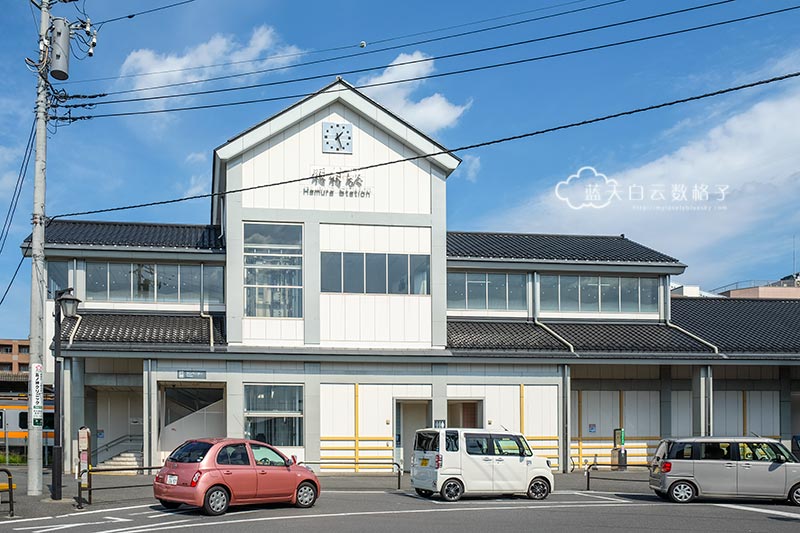
Hamura Station
Hamura city is situated in the northwest of Tokyo and is part of the western city of Tama-Shi. Covering an area of only 9.9 square kilometers, it ranks as the third smallest locality in Tokyo and the seventh smallest in Japan. Despite its small population, it has become a favored destination for Tokyoites seeking cherry blossom viewing every spring, offering a serene alternative to the bustling crowds in Tokyo. (Don’t say I didn’t tell you where to go for cherry blossoms next time in the suburbs of Tokyo!)
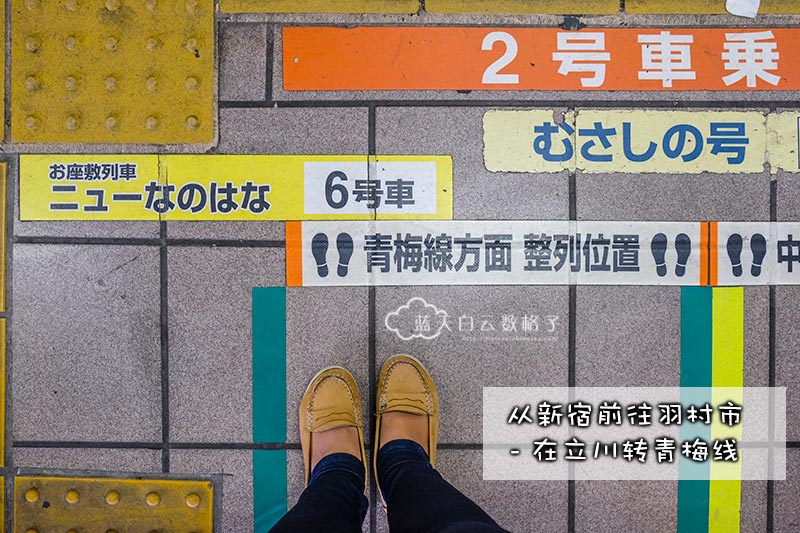
How to go to Hamura?
Hamura is about 40 kilometers away from Tokyo. From Shinjuku, it takes about 1 hour and 10 minutes, and the fare is 640 yen.
1. Take the Chuo Line in Shinjuku to Tachikawa Station 2. Then transfer to the Ome Line to Hamura City.
1. Take the Chuo Line in Shinjuku to Tachikawa Station 2. Then transfer to the Ome Line to Hamura City.
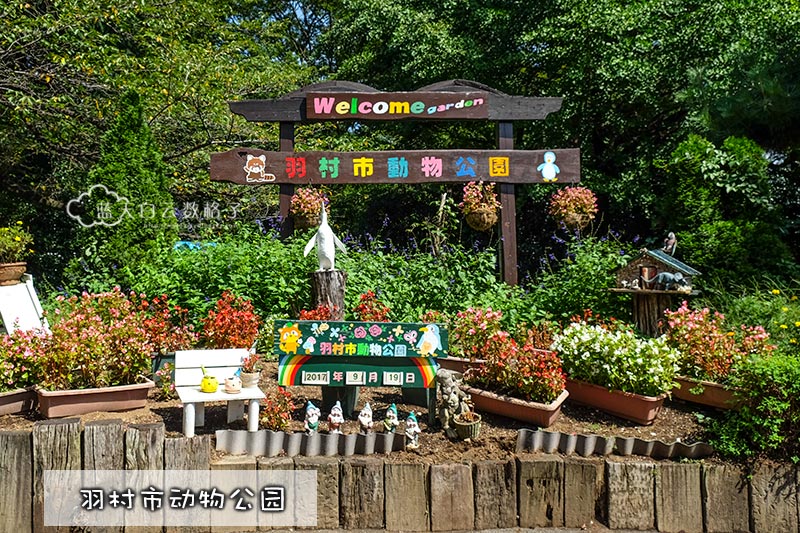
Hamura Zoo
Visitors can purchase tickets at the entrance ticket vending machine or at the counter. You can see that the entrance tickets to Hamura Zoo are reasonably priced, showing consideration for visitors.
Travel information: The entrance fee to Hamura Animal Park is 300 yen (RM11.20) for adults; 50 yen (RM1.86) for children.
Travel information: The entrance fee to Hamura Animal Park is 300 yen (RM11.20) for adults; 50 yen (RM1.86) for children.
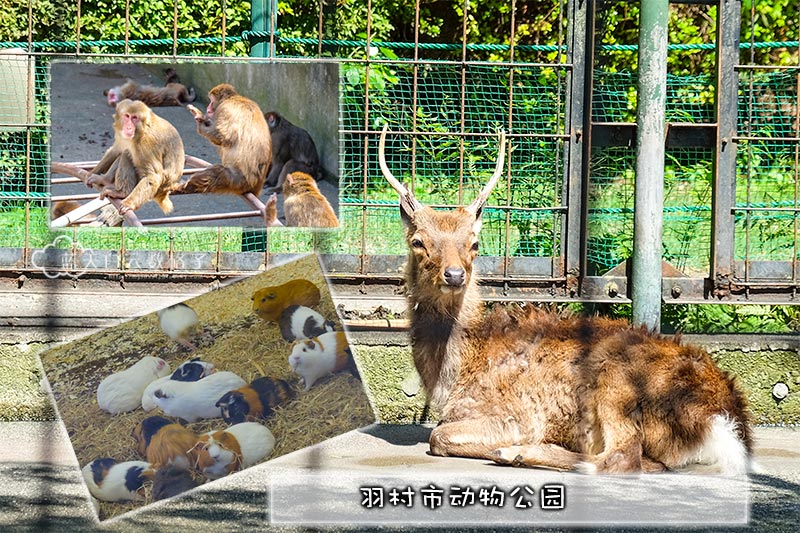
Hamura Zoo 2
The zoo is not big, just like the "Farm In the City" in Kuala Lumpur. There are more than 50 kinds of animals in it, mainly Japanese poultry and small animals. Some animals' feeding times are also their performance time, but I did not encounter any animals on their breeding time that day. What I saw was most of the animals lazily resting in the zoo.
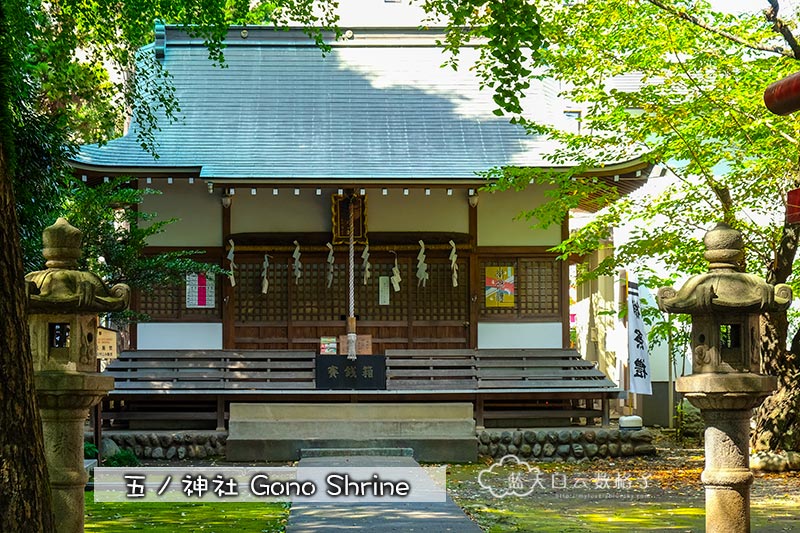
Gono Shrine
From the bus stop in front of Hamura Zoo Park, return to Hamura Station. Shrine is located to the right of Hamura Station, and in front of the shrine, there is a snail well.. When I first saw this name, I could not figure out what it is about But when you go near and see the snail well, you will know what's going on.
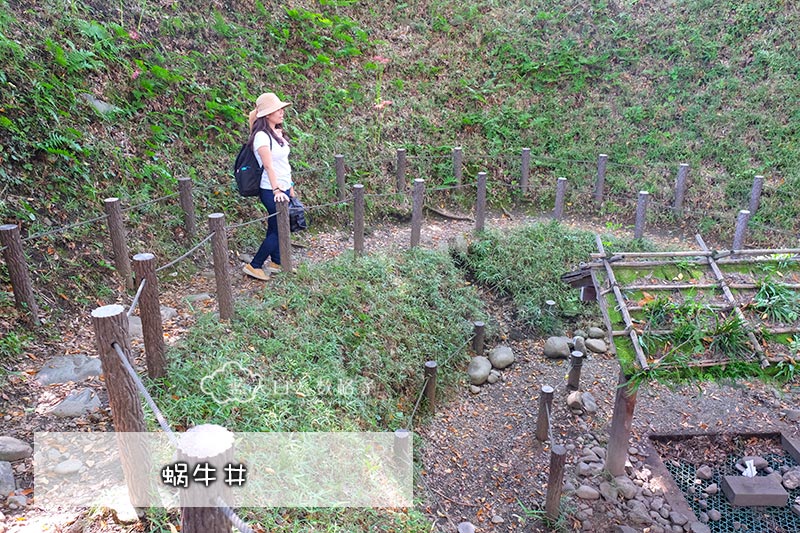
The snail well of Gono Shrine (Japanese: Maimaizu Ido)
The snail well of Gono Shrine, a designated historical site in Tokyo, has a diameter of 16 meters and a depth of 4 meters. Unlike typical wells on the surface, it requires descending a sloping slope and circumnavigating it twice. This detoured route resembles a snail shell when viewed from above!
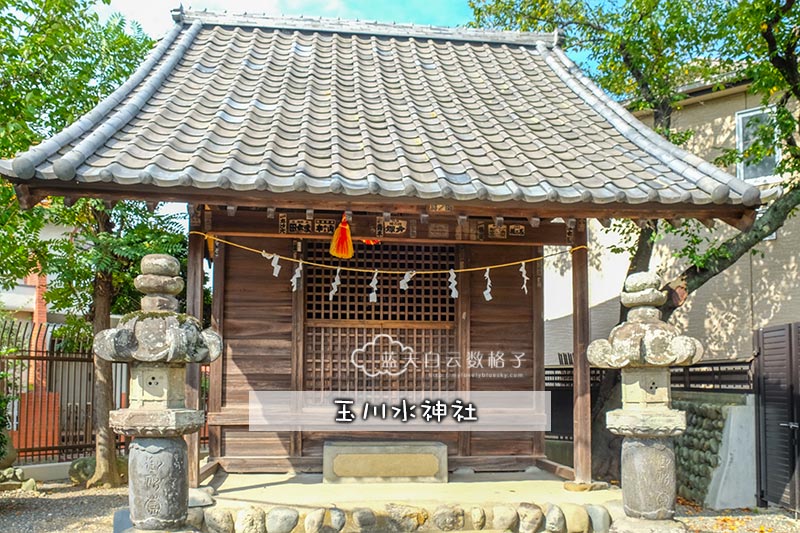
Tamagasui Shrine
Walk from Hamura Station to Tamagawa Water Shrine, following Metropolitan Road No. 163 until you reach the intersection of Okutama Highway. You will see Tamagawa Josui in front of you. Turn left and head to Tamagawa Garden. Along the way, you will pass Tamagawa Water Shrine, Hamura Water Collection Weir, and Sakura Road. The walk takes about 15-20 minutes.
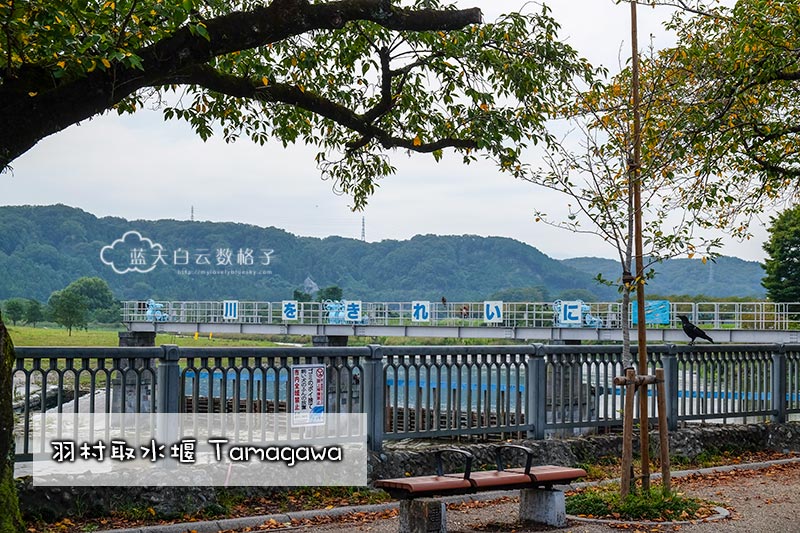
Tamagawa Josui & Hamura Water Collection Weir
Opposite Tamagawa Water Shrine there is a river called Tamagawa Josui. Tamagawa Josui refers to the tap water (hosui) waterway of the Tama River from Hamura City to Yotsuya, Shinjuku Ward. This waterway is 43 kilometers long, stretching from Hamura to Shinjuku, Tokyo.
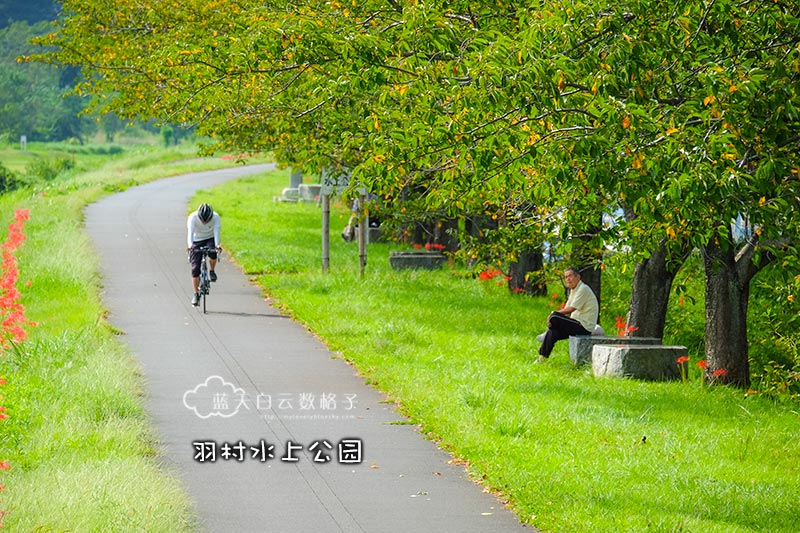
Sakura tree blooming in spring
Continuing to walk forward from the Hamura Weir, I noticed a row of cherry blossom trees planted on the side. These cherry blossom trees bloom from late March to early April every spring. It is also a good place in Japan to enjoy night cherry blossoms.
The Japanese originally planted cherry blossom trees next to rivers because they firmly believed that cherry blossom trees can purify water quality. Among them, the "Sengoku Sakura" gained popularity among many cherry blossom viewers in the Edo period before the war.
The Japanese originally planted cherry blossom trees next to rivers because they firmly believed that cherry blossom trees can purify water quality. Among them, the "Sengoku Sakura" gained popularity among many cherry blossom viewers in the Edo period before the war.

Hamura Rice Planting Experience Base
This rice field is where the children of Hamura can actually experience rice planting. Started in 1992, this western area has been used as a planting experience base to experience the rice planting process throughout the year. There is no city rush here, allowing children to learn to cherish blessings from the experience of rice planting at an early age. Who would have thought that the meal on the plate is made of grains of hardship? (Chinese poem)
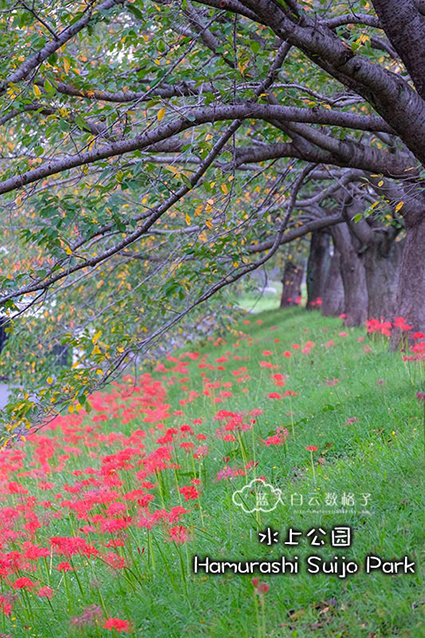
Summary
A day in Hamura – this is how leisurely I walked! Haha!!Isn’t this what I want from a vacation? Sometimes, when I travel, I just want to find a small town where I can rest and chat with the locals. That's why I often say that traveling is not about rushing to the attractions to tire yourself out .

